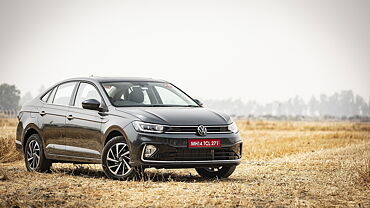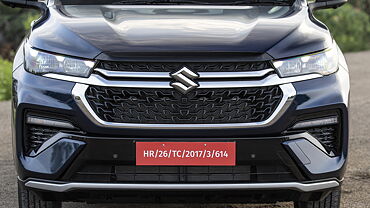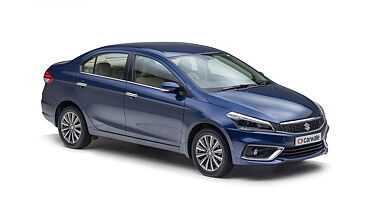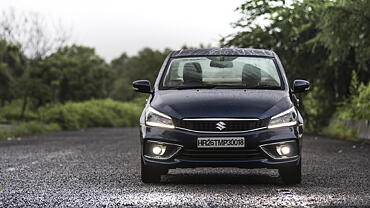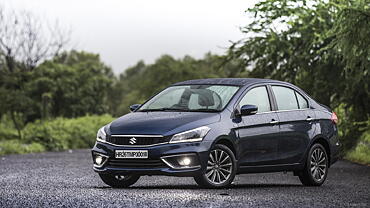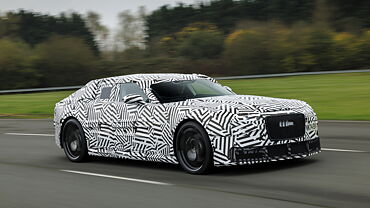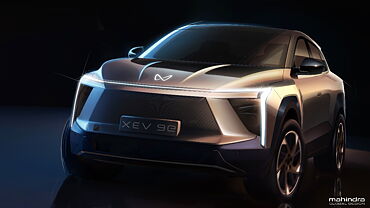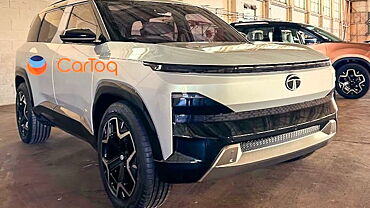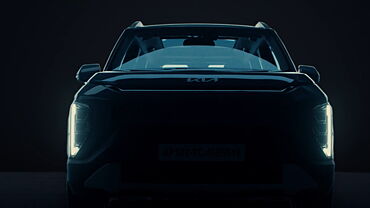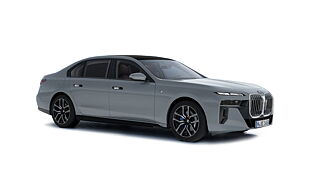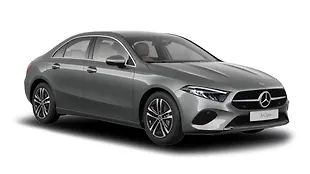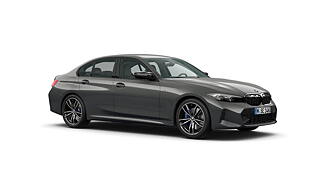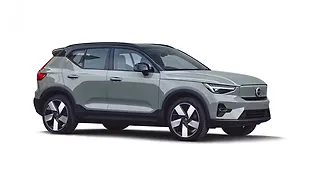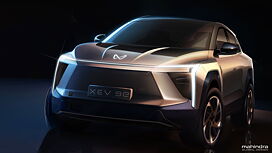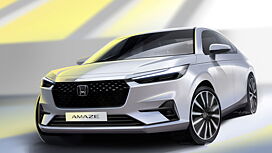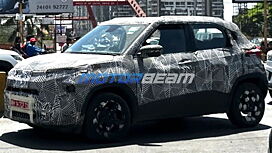
The country’s largest car manufacturer, Maruti Suzuki has rolled out its latest product, the new Ciaz which further ups its game in the C-segment. Loaded with new features and styling elements, the Ciaz facelift competes against the likes of the fifth-generation Hyundai Verna which was introduced in 2017. Let’s take a look at how these C-segment contenders fare against each other on paper.
Engine
Mechanically, the biggest upgrade that the new Maruti Suzuki Ciaz receives is in the form of a new 1.5-litre K15B petrol engine with mild hybrid technology that produces 103bhp at 6,000rpm and 138Nm at 4,400rpm. The four-cylinder motor is mated to a five-speed manual and a four-speed automatic transmission (except for base variant). The diesel, on the other hand, is the tried and tested 1.3-litre DDiS churning out 89bhp and 200Nm.
The Hyundai Verna is available in two petrol and one diesel engine option. The 1.4-litre petrol engine generates 100bhp at 6,000rpm and 132Nm of torque at 4,000rpm, while the bigger 1.6-litre petrol engine generates 121bhp of power at 6,400rpm and 151Nm of peak torque at 4,850 rpm. The 1.6-litre diesel engine produces 126bhp at 4000rpm and a torque of 260Nm from as low as 1,500rpm. Six-speed manual transmission is offered as standard, while the automatic transmission is limited to the 1.6-litre petrol and diesel engine options.
Exterior
The 2018 Maruti Suzuki Ciaz gets a revised fascia with new grille design and a chrome strip on top that is flanked by redesigned headlamps. The projector headlamp units get horizontal LED daytime running lights while the front bumper has a subtle update with circular fog lamps and a faux brushed metal finish surround. As for the rear, the tail lights have a new lighting signature with a revised bumper. Moreover, the newly designed alloy wheels are also part of the update.
The fifth-generation Verna is based on Hyundai's Fluidic design language philosophy. The design elements are cued from its larger sibling, the Elantra. The hexagonal chrome-lined grille gets horizontal slats and the air dam gets a honeycomb mesh grille. The profile retains the coupe-style sloping roofline and a strong shoulder line that extends to the boot. The sleeker wraparound tail lamps come with a LED lighting signature.
Interior
As for the interior, the new Maruti Ciaz gets an all-beige upholstery with a two-tone dashboard. The top spec gets a 17.8cms touchscreen SmartPlay infotainment system with an inbuilt navigation system, voice command system and Mirror Link support for smartphone connectivity. The standard feature list includes chrome garnish (steering wheel, inside door handles, AC louvers knob and parking brake lever), multi-information display (colour TFT in petrol), keyless entry, cruise control, electrically adjustable ORVMs, rear AC vents, front centre armrest with utility box and rear centre armrest with cup holders. Moreover, the standard feature list also includes accessories socket on the front and rear, tilt steering, Bluetooth audio system with four speakers and two tweeters, USB connectivity, steering mounted audio controls and steering mounted calling controls.
The Hyundai Verna gets a dual tone beige and black interior. The new feature list now includes a bigger seven-inch touchscreen with Apple CarPlay/Android Auto compatibility, ventilated front seats, rear AC vents, dual USB charging points, power windows, electrically adjustable ORVMs and climate control. Hyundai has also added Eco Coating for scent control, rear curtains and a hands-free boot opening.
Pricing
The newly launched Maruti Suzuki Ciaz is available for a starting price of Rs 8.19 lakhs while the top-spec diesel is priced at Rs 10.97 lakhs. The Hyundai Verna, on the other hand, starts at Rs 7.90 lakhs while the top-spec diesel SX Plus AT is priced at Rs 13 lakhs (ex-showroom).

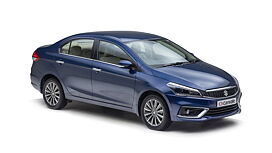
![Hyundai Verna [2017-2020] Image Hyundai Verna [2017-2020] Image](https://imgd.aeplcdn.com/272x153/cw/ec/25465/Hyundai-Verna-Exterior-118764.jpg?wm=0&q=80)
